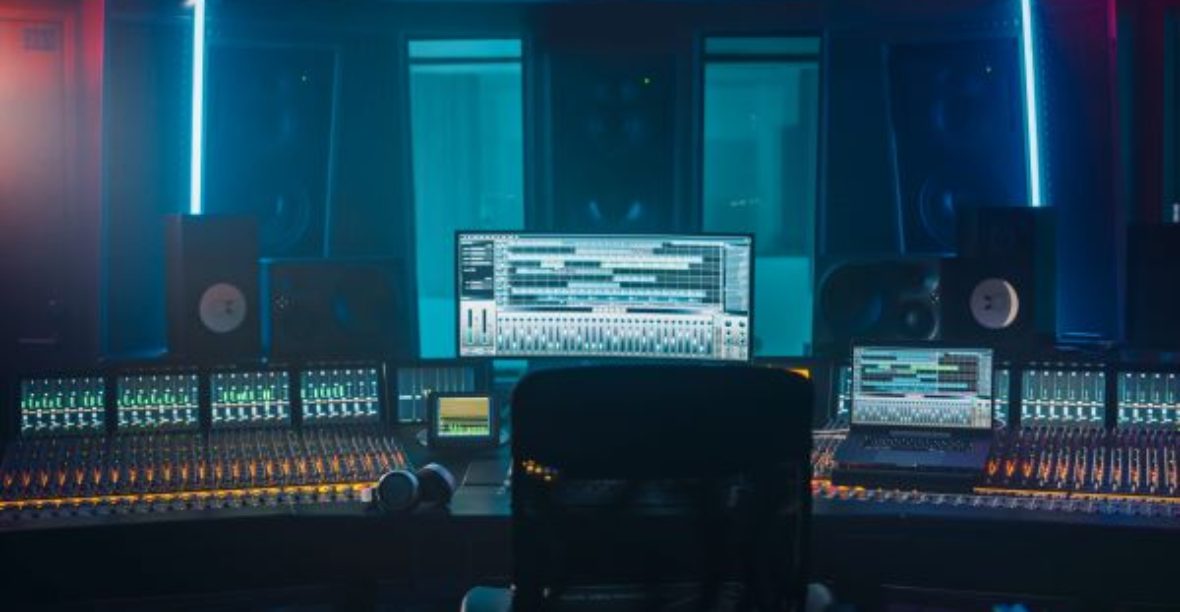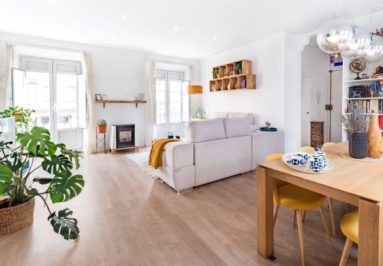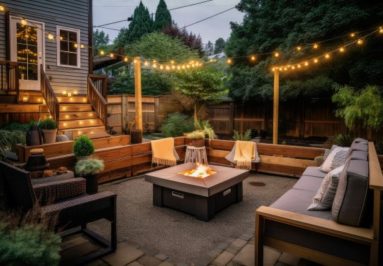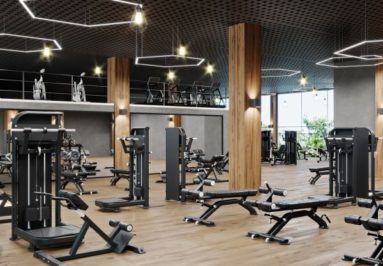Whether you’re an aspiring musician or you’re just trying to learn some tunes in your free time, soundproofing your music room is extremely important yet challenging. While your music room may be located near commercial buildings, or it’s within the comfort of your own home, band practice or tuning of instruments can be bothersome to others when they’re trying to sleep, relax, or work. If you’re looking to reduce the amount of sound exiting your space and entering neighboring areas, here are some tips on how to contain the noise (and keep neighbors happy).
How to Soundproof a Music Room

There are four main methods for effective music room soundproofing – add mass to walls for better soundproofing, add acoustic wall panels for reduced echo, build an extra wall to decouple rigid materials, and fill gaps and cracks to prevent sound leaks.
1. Soundproof Walls by Adding Mass to Your Structure
When you add mass or density to the room, you prevent sound from entering or exiting the space. Adding mass also helps to stop vibration within the walls and slows sound waves, decreasing their output. If you are building a room from scratch, try to decouple the structure by staggering the studs and adding an internal layer of Mass Loaded Vinyl inside along with 1-2 layers of gypsum board. If you want to block sound waves from exiting or entering an existing room, you may consider installing acoustical wall paper over the existing walls surface. This can be applied in rolls or sheets and painted over to resemble a traditional wall.
Read More: STC Ratings for Mass Loaded Vinyl & Sound Batts
2. Learn How to Dampen and Absorb Sound Waves to Reduce Echo
Damping is a method that helps in converting sound energy into heat. Dampening sound waves involves reducing their reverberation and ability to echo within a space. Coupled with absorption panels and diffusers (for lower frequency bass sounds), sound waves are redirected and lose power. Combining products such as absorption panels, wedge foam, and bass traps within a musical space work to contain sounds and lessen their strength or ability to exit a room.
While this method may not help to soundproof your band room, it will improve the acoustics and make your music sound better. This can be helpful if you’re often doing performances from your band room or if your music room doubles as a recording studio, since it will improve the sound quality of your music.
3. Add Another Wall Within Your Band Room (Decoupling)
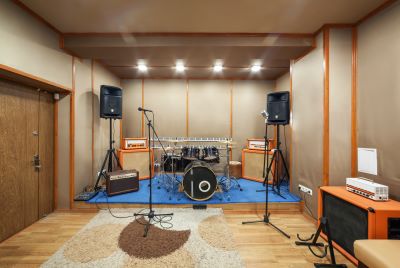
Decoupling is the process of blocking the transfer of sound between two structures by isolating the contact points. The most common large-scale decoupling for music studios would be building a “room within a room.” This would include building a floating floor, double walls, and isolating layers which prevent structural borne sound transfer and is extremely effective at soundproofing across all frequencies.
Drum sets do cause a lot of vibration and the easiest way to decouple around them without building a floating floor would be to purchase an isolation pad or drum pad to place underneath. If you have a hard core band, this is going to be your best solution, as it’ll be most effective for sound isolation. If your music room is in a residential area, you’ll want to be sure to use the best possible soundproofing methods to avoid any problems with the neighbors.
See Similar: How to Decouple a Wall
4. Fill Air Gaps & Prevent Sound Leaks for Improved Noise Reduction
The final task in soundproofing your music room is to seal up all the little cracks and holes within the room itself. Consider the following tools for dealing with this task: acoustical caulk, foam gaskets, and door sweeps and seals. The 1% rule states that for a 1% opening in a surface, 50% of the sound will get through. This means that even the hidden holes in your walls structure, such as the entrance point of wall electric plugs or a floor board, can cause sound to exit.
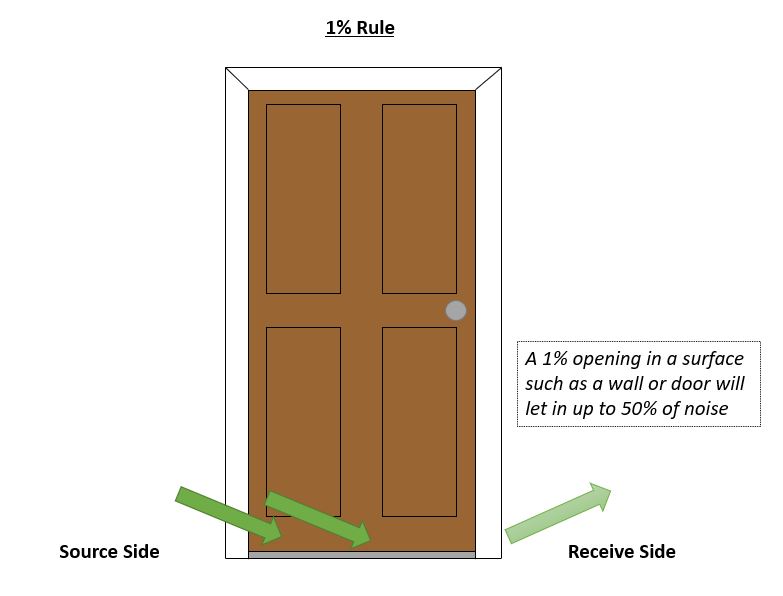
5. Combine Soundproofing Methods for an Impactful Result
To achieve the soundproofing results you desire, these methods can be combined together or you may need to search for a unique solution that fits the space. By adequately soundproofing your music room, you will be able to practice your passion with confidence at all hours of the day or night without disturbing your neighbors.
Music Room Soundproofing – Have a Quieter Band Practice and Happier Neighbors: Summary
Ultimately, achieving an acceptable band level may require architectural options in addition to operational constraints (limiting music levels generated). Every aspiring rock band would love to rock out as loud as they’d like, and at any given time of day, but if you share a floor or wall with another neighbor, you may need to time your sessions so that you’re not disrupting others. Let’s review the potential steps that you can take towards soundproofing a music room:
- Soundproof Walls by Adding Mass to Your Structure
- Learn How to Dampen and Absorb Sound Waves to Reduce Echo
- Add Another Wall Within Your Band Room (Decoupling)
- Fill Air Gaps & Prevent Sound Leaks for Improved Noise Reduction
- Combine Soundproofing Methods for an Impactful Result

